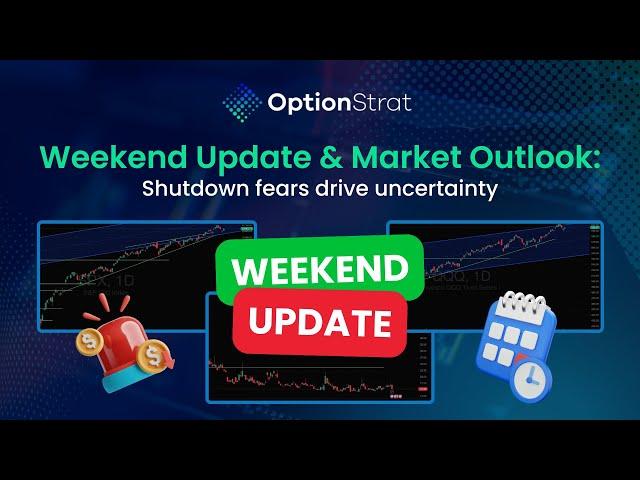
Gold, Again
In mid-September, I was interviewed on the Futures Rundown, a YouTube podcast that specializes in futures trading (link here). The interview was entitled “Is Gold in a Bubble?’.” At the time, I concluded that it...
Use the strategy builder to calculate and visualize the expected profit and loss of over 50 pre-made strategies. Or, create your own strategy by selecting various option strikes and expirations.
Use the options optimizer to find the best trades for a given target price and date. The strategies are ranked by best return or best chance.
Follow the smart money by watching large and unusual trades as they are made. Our options flow uncovers complex trades that otherwise go unnoticed.
We scan the market to uncover real trades that professionals, congress, and company insiders are making.
Set up custom filters to find trades matching your criteria. Add alerts to instantly be notified the second a matching trade is made.
Our strategy builder helps you instantly visualize the expected profit and loss for your strategy. Never trade in the dark again.
Not sure where to start? Simply give our optimizer a target date and price and we'll scan thousands of potential trade to find something for you.
Save trades to your account to see how they perform, without risking real money. We track the performance of each trade over time.
Our tools pack in relevant information for your trades, including breaking news, important upcoming dates, and helpful liquidity reminders.
To provide you with unerring accuracy, especially with unusual options activity for complex strategy types, OptionStrat calculates and charts trades using data provided exclusively by the Options Price Reporting Authority (OPRA). That means OptionStrat gets the same data that your trading platform does. Data lags by only 15 minutes for free users. Premium accounts receive live auto-refreshing data.
As part of our commitment to educating and building better traders, we publish weekly videos and blog posts covering market insights and trade ideas. Follow along and gain a deeper understanding of options trading!

In mid-September, I was interviewed on the Futures Rundown, a YouTube podcast that specializes in futures trading (link here). The interview was entitled “Is Gold in a Bubble?’.” At the time, I concluded that it...



If you haven’t noticed by now, Wall Street is a perpetual motion machine for new financial products. Exchanges, brokerage firms, and banks are always hard at work trying to figures out the latest iteration or...

I’ve been meaning to write about this for some time, but other more pressing and timely topics intervened. Three professors at Purdue and CUNY, wrote a paper entitled “Wisdom or Whims? Decoding the Language of...